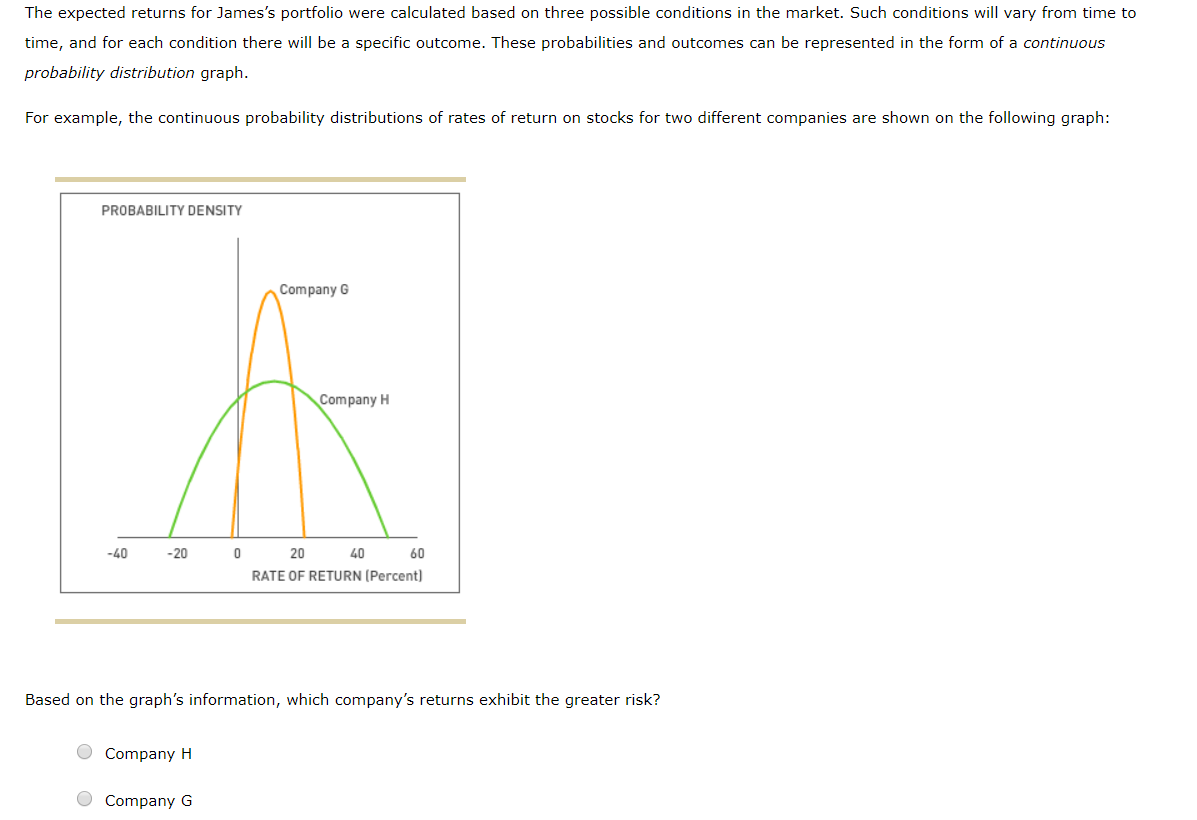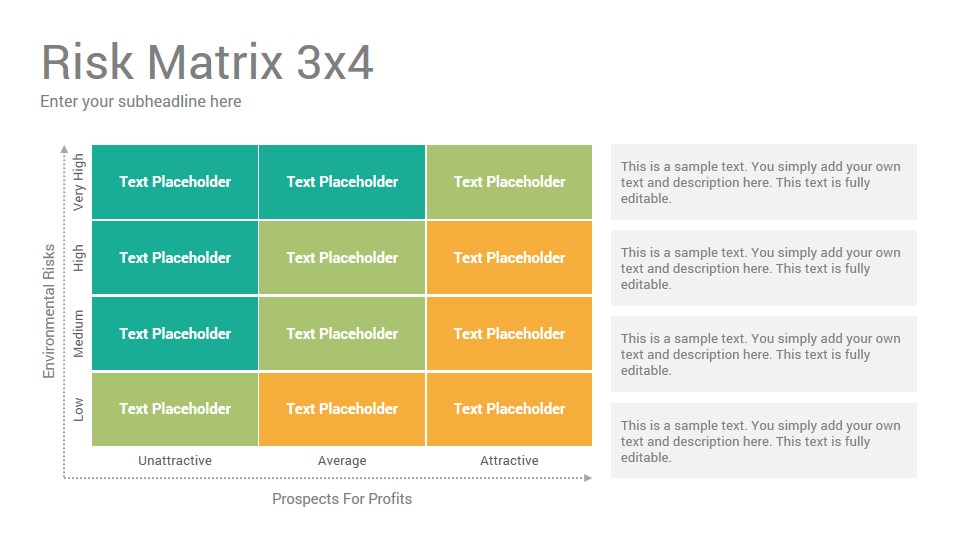

Risk Impact Probability Chart and risk mitigationĭifferent reactions are possible to the displayed risks in the risk impact / probability chart.

In many situations, the risks in this category are indicated in green and immediate action is not called for. The bottom left displays the Risk Impact Probability charts that have a low impact and that are unlikely to happen due to the small chance. The probability that the risk occurs is high, but the impact the risk will have is most likely small. These risks are often given the colour orange in the matrix. The risks with a low impact but high probability are medium risks. The various responses to risks are explained in the next chapter. Different responses befit the various types of risks. High Impact / Low ProbabilityĪ risk with a potentially high impact but a small chance of the risk coming true, is denoted with the colour orange. In the Risk Impact Probability chart, or risk matrix, this group of risks is usually denoted with a red colour. The top right contains the risks that have a high impact, and that will most likely happen. These are subsequently assigned a colour and are added to the risk matrix. The risk categories below can be deduced from the graph. The graph above represents these two criteria on the x and y axis. The Risk Impact Probability chart shows whether a risk has a high chance of occurring and what the impact of the risk is when does occur. What shows a Risk Impact Probability Chart? The impact assessment is also assigned a score of 3, 2 or 1. The central question is: if the risk were to occur, would this be catastrophic for the project or activity? Or would it be a minor inconvenience? An effect assessment is usually carried out by the risk manager, and by the people who have the right knowledge to estimate the risks and establish the impact. Impact assessment means assessing a risk’s impact if the risk were to become reality. 3 represents a high risk, 2 an average risk, and 1 a low risk. Is there a certain frequency with which the problem occurs? When determining the probability of a risk, a score is usually assigned to the risk, such as 3, 2, 1. This probability is generally based on historical information. Risk probability refers to determining the probability of a risk occurring. Do you want unlimited and ad-free access? Find out more


 0 kommentar(er)
0 kommentar(er)
